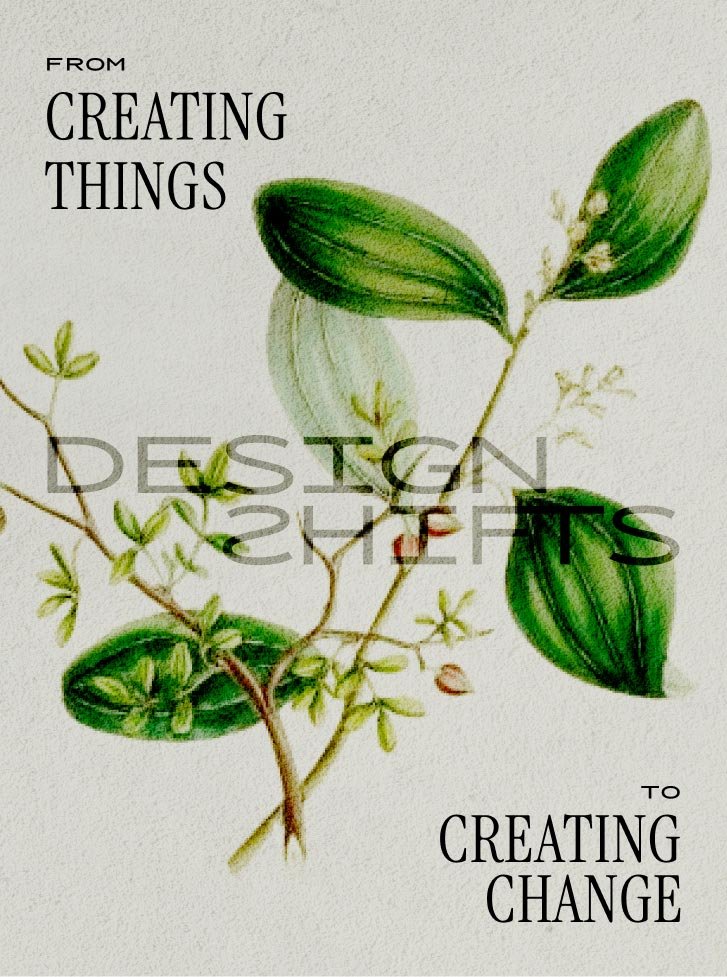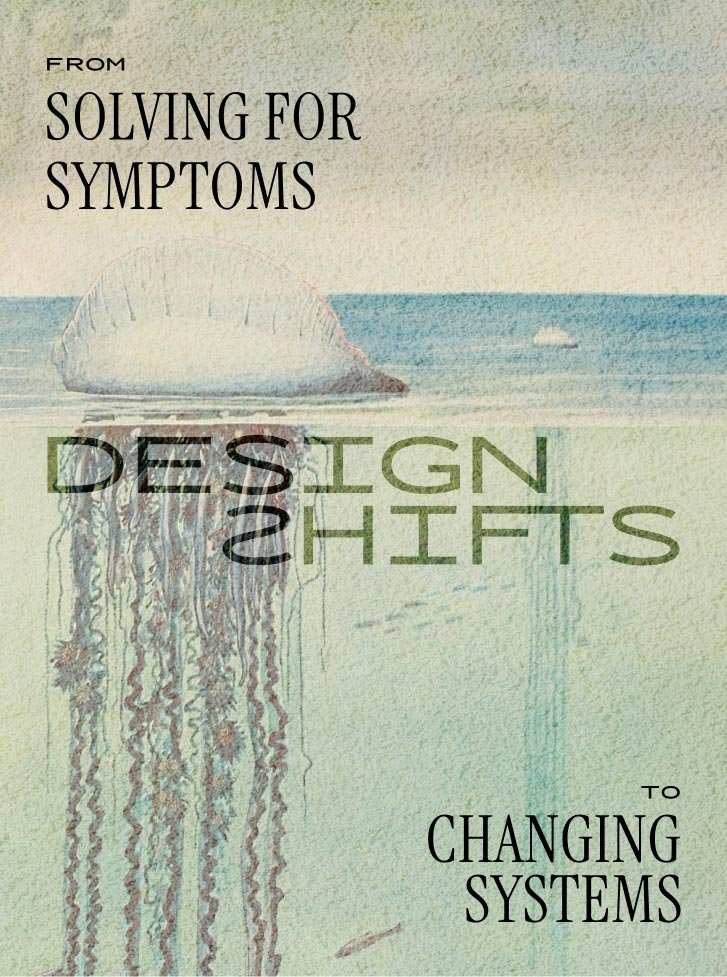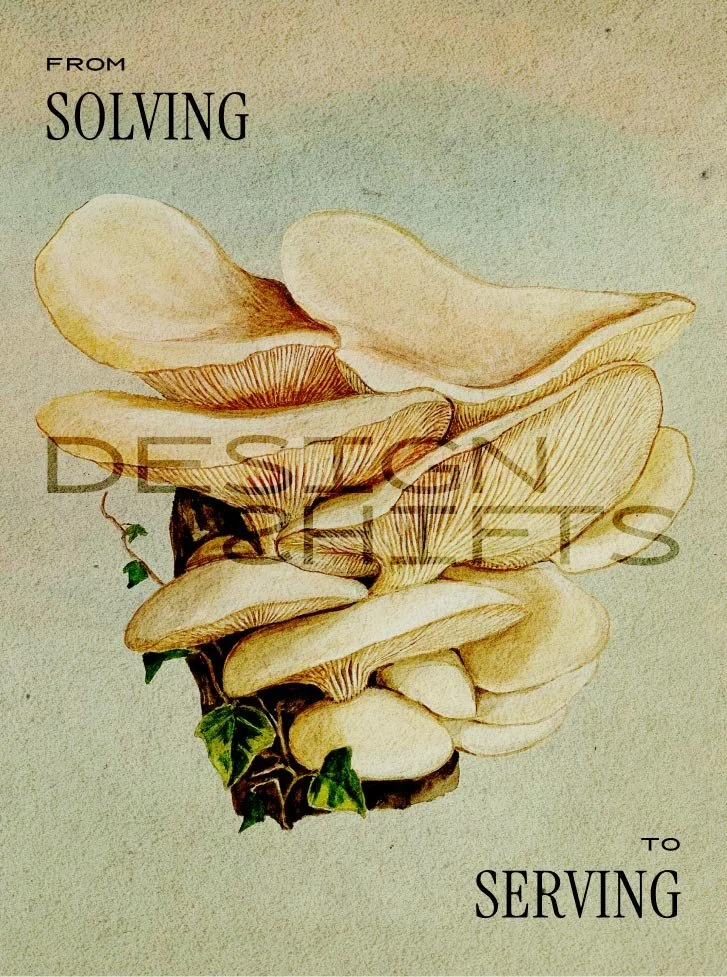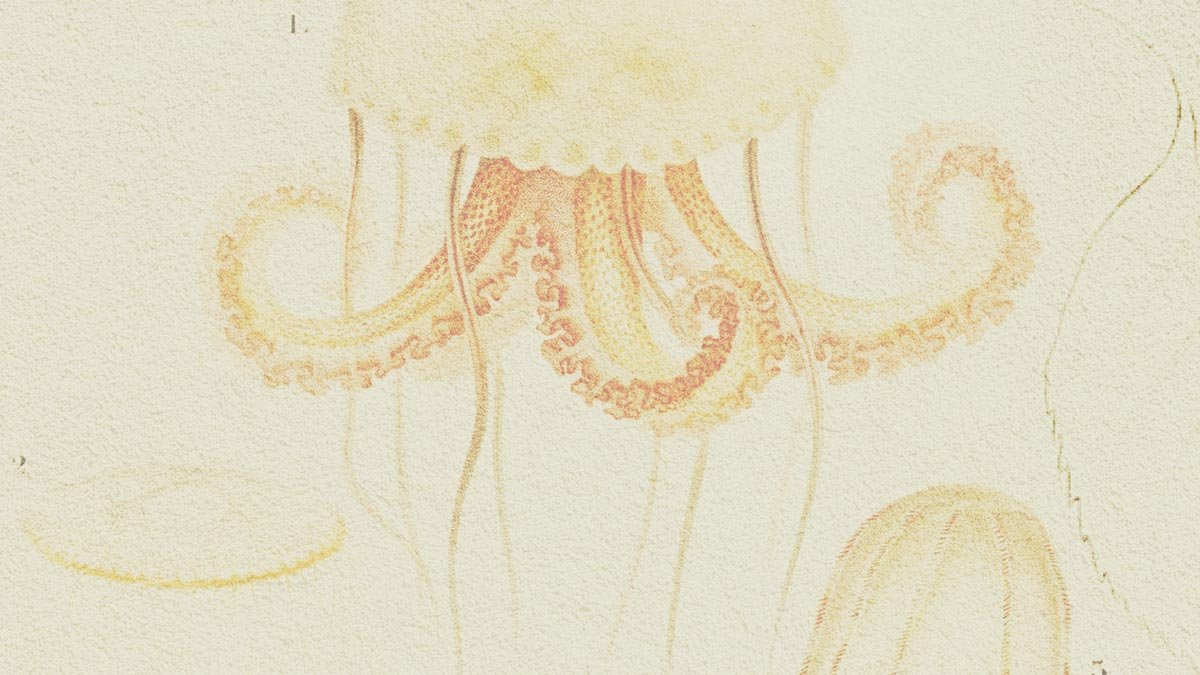Explore DesignShifts
Here, you’ll find the DesignShifts we’re exploring both in theory and in practice. Each topic explores Shifting the posture, power, perspective, practice, and the purpose of design.

DesignShift: From Creating Things to Creating Change
What is the role of designers in a world that does not need more things? Our work is evolving and as we face climate and social breakdown, and we must take the time to evaluate our profession and purpose. How can we make sure that our work does not contribute negatively to an already hurting planet? How can we shift our focus from creating things to creating change?
DesignShift: from creating things to creating change.

DesignShift: From Mindset to Access
How do we design sustainable change? We focus less on mindset and more on access. We’re told that if we push ourselves, develop courage, and become disciplined we’ll get that promotion, land that job, or achieve the perfect body. However, success or behavior change is less about mindset and more about access. Access to the right conditions. Access to the right relationships. Access to money.
DesignShift: From Mindset to Access.
Rather than telling people to recycle, what if we make recycling easier? Rather than telling people to eat healthy, what if we give people access to affordable and healthy food? Rather than telling people to walk more, what if we create pedestrian friendly cities? Rather than telling people what to do, what if we created the conditions where doing the right thing is easy? Removing barriers. Opening doors. That is how we design sustainable change.

DesignShift: From Solving For Symptoms to Changing Systems
“To expect ourselves to change without changing the environment in a dopamine overloaded world is to expect ourselves not to be human.”
Recently I listened to the podcast "The Path to Enough" where the Psychiatrist Anna Lembke discussed the addictive nature of our devices and how our behaviors are influenced by the environment we find ourselves in. As a designer passionate about designing for real human needs, this quote hit home for me.
DesignShift: What if… rather than solving for individual symptoms, we started changing the system that is actually holding us back? What if we designed environments are actually conducive to being human?

DesignShift: From How Might We to At What Cost
Good design is a dance between curiosity and criticality. As designers, we love asking, “how might we” but we also have to ask “at what cost.” Design can heal but it can also harm. As designers, we must balance possibilities and responsibilities. We must be curious AND critical.

DesignShift: From Solving to Serving
Designers love to talk about how we’re problem-solvers. We’re not just making things pretty, but we solve COMPLEX problems.
But what if people don’t need us to solve their problems? What if people already have the answers within themselves? What if the people closest to the problem are more equipped than designers to solve things?
DesignShift 4: What would it look like to shift designers from solvers to servers? From heroes to helpers?
What would it look like to de-center ourselves, our frameworks, and our ⬦⬦ processes in service of sustainable change? Could design actually be a way to help other human beings get to their own conclusion?
(This post is inspired by movements like community building/design, co-design, design justice, participatory design)

Join us!
Sign up for updates on my writing, events, and upcoming courses
